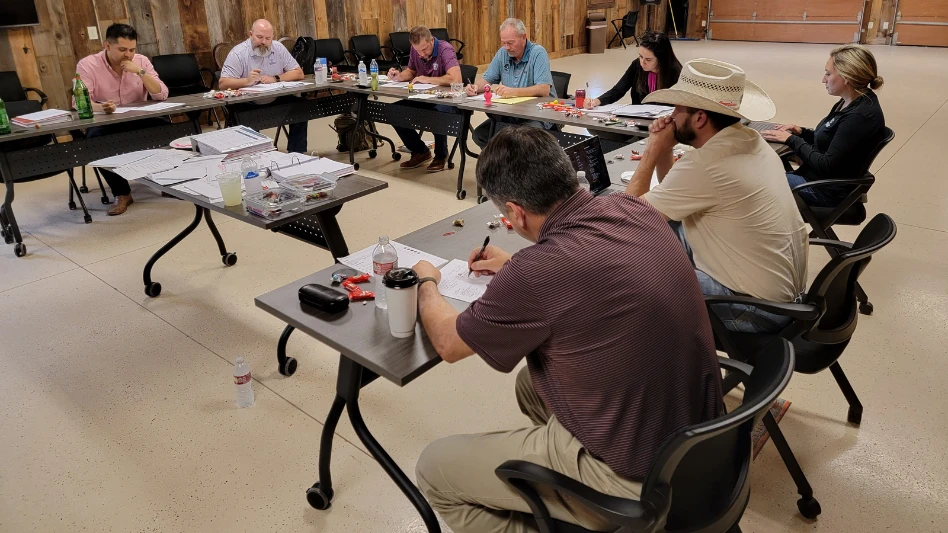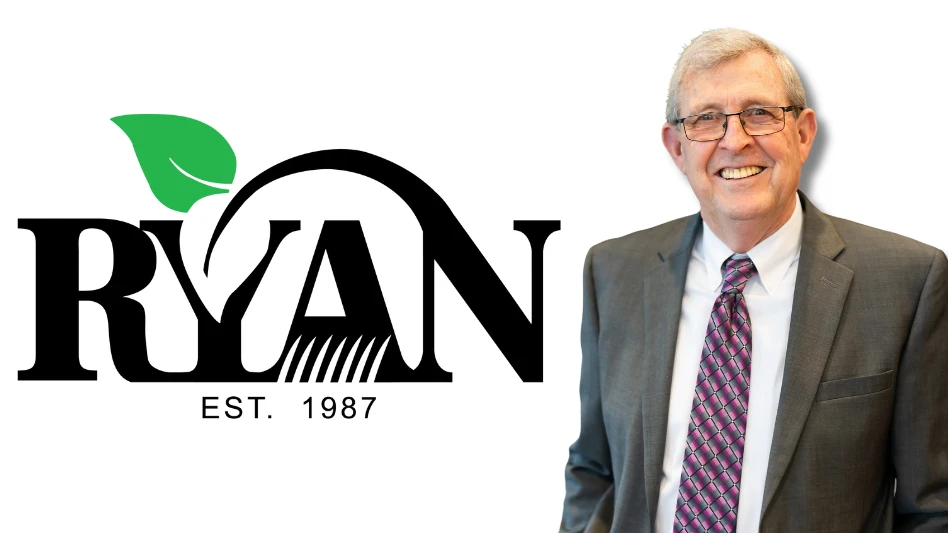Words of Wilson features a rotating panel of consultants from Bruce Wilson & Company, a landscape consulting firm.
No one came out of the pandemic craving more Zoom. Everyone has told me as our industry emerges from a different kind of tech bubble. After a year working in the cloud, technology fatigue has never been higher, even as it allowed us to thrive during an unprecedented worldwide event.
If a jumble of apps and data sets has your employees feeling hijacked by systems they don’t understand, you are not alone. Technology is one of the highest-ranking stressors in the workplace. As a tool, it is equally important as trucks, mowers and other equipment in ensuring consistent employee productivity and optimal customer satisfaction.

But, unlike how fixing an equipment problem results in a higher-performing tool, fixing a tech problem by upgrading the tech often upgrades the problem without any meaningful gains in customer satisfaction or employee productivity.
Here are 5 strategies to reduce technology overwhelm and regain control:
Too much tech can be overwhelming,so make sure what you're using is effective enough that it solves problems without creating new ones.
1. Determine who owns the tech. This may be one of the most overlooked pieces in many organizations. Just as your operations divisions have people responsible for ensuring they function correctly, your technology solutions should also have an owner to provide oversight, training, evaluation, implementation and integration. The real value of tech lives in how it integrates throughout your business, providing critical, accurate, actionable and timely data across all levels of the organization in a seamless, accessible manner.
2. Evaluate the capabilities of current tech. Technology is sometimes employed because it easily addresses a specific need. When lesser-known or unique uses of the program are overlooked, critical functionality is not employed, resulting in additional technology being implemented down the road that should have been handled by existing tech. This can lead to unnecessary expense, compatibility issues and increased workload where the same data must be entered into multiple systems. Being creative with tech implementation and use can often provide needed results even if the software was not specifically designed to function a specific way. This eliminates the need for multiple solutions.
3. Implement the right tech for the right data. Technology implementation should be done with a specific purpose in mind. Employing technology simply because of the cool things it can do is pointless if it does not ultimately increase the ability to better service your customer base or improve employee productivity. For tech that you choose to employ, verify the information it provides is timely, accurate and useful. Don’t confuse data volume with usefulness. Useful data should provide you and your employees with critical, actionable data that benefits your customer, streamlines employees’ workloads, or does both at the same time.
4. Eliminate “app for that” thinking. You’d be surprised at how many workaround tools your staff may be using, especially those that are free, easy to download or promote a quick fix. Solving a tech issue with a quick trip to the app store compounds your tech silos and fails to solve the problem. Be proactive. Make a list of all the apps your teams are using, authorized or DIY, then find out where the system limitations are and fix them. It could be as easy as more training.
5. Address the learning curve. Workarounds, like all shortcuts, fill a perceived need. Mostly, they’re employed to overcome learning gaps with existing systems or humor a “because this is the way we’ve always done it this way” mentality that is resistant to change. The result is separate processes, outside tracking spreadsheets and individual-use apps, all of which create compatibility and reporting inconsistencies with existing systems while limiting access to critical information and requiring more effort to obtain it. Find out what employees don’t know, what will help them become more fluent, and make learning a major part of any new technology initiative.
These actions will increase the visibility of usable data, help streamline critical processes, and ensure a better and more consistent service experience for your customers.

Explore the July 2021 Issue
Check out more from this issue and find your next story to read.





